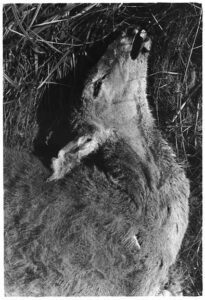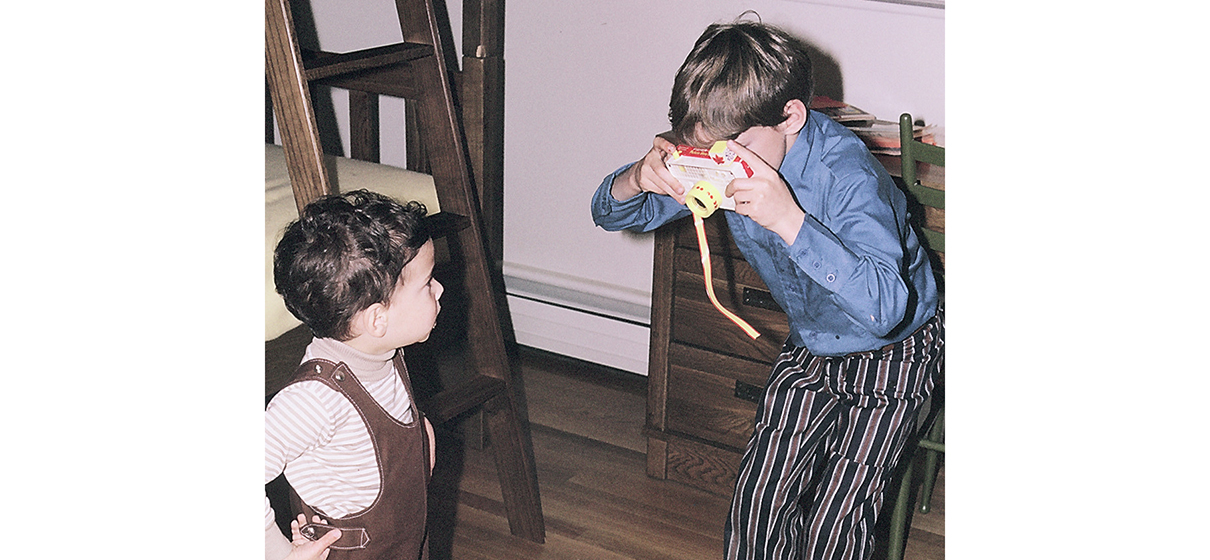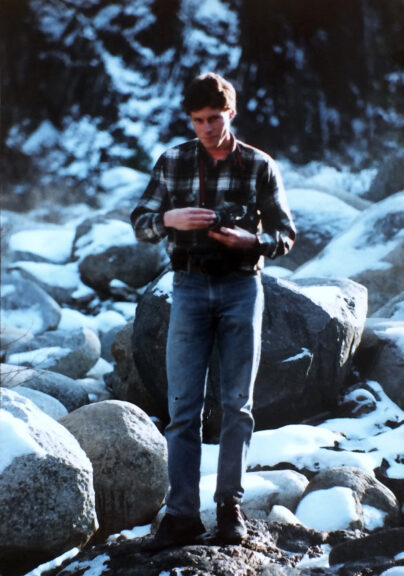
The Art
The site
My work includes portraits, landscapes, unlikely views of ordinary reality, and images shot throughout travels, from India and Nepal, to the American Southwest, to what’s in front of our noses.
Why photography
I have always loved art and making things, but I really found my voice as an artist when I had a chance to do an after-school program in 1980 (in Cambridge, Mass). Joseph Wheelwright was a guest teacher and taught a bunch of us wood carving. My early pieces were whimsical, like a curving lizard with human hands carved from a straight willow branch. From wood carving I went to stone carving (studied with the Japanese sculptor Minoru Niizuma in New York City), and then to welding steel (studied with Brian Wall and David Hamilton in Berkeley, California). My interests then shifted to more formal investigations, like how I could arrange things without actually welding them together, and then I played with arrangements/installations from the standpoint of contexts of presentation, and finally focused on using the rectangular composition of the camera frame to create context.
The equipment specs
I make (or used to make!) archival fiber-based black & white prints the traditional way, looking through the lens of a Nikon FE-2, or a Rolleiflex from 1959, wearing a Gossen light meter hanging by a shoelace around my neck, and making prints by my hand in a darkroom.
My photography teachers
I first learned from my father, who taught me how to use his Asahi Pentax Spotmatic, one of the first TTL light metering SLR cameras (from 1964!).
I learned darkroom work at a community darkroom in Oakland;
I learned studio lighting techniques at the Harvey Milk Photo Center in SF;
I was enlightened to approaches to exposure from Ansel Adams’ Zone System, and Henry Horenstein’s book, Beyond Basic Photography;
I learned more rigorous approaches to developing film and printing from the San Francisco master print maker, Frank Espada.

Statements
Words from a good friend, also serving as a Statement of sorts
when i watch you take photos or when you’ve taken photos of me,
and when i look at your images what i see is worship.
it doesn’t matter whether the image is a portrait or not,
it’s anything you see. it’s like it’s your way of worshipping life –
all of it. the dead deer, the yogi, your friends, your lovers,
the landscapes, the light. in your eye and through the lens
everything becomes so beautiful.
everything is just as it is but heightened also.
…
My first artist’s statement as a photographer
I used to work with different materials. Now I don’t like to get my hands dirty. I call my works “Frames” because they are parts of reality framed by the camera and my eye. I am after Beauty, Humor, and The Sublime.
…
More statements
I show my connectedness to the world through the images I create.
I hope people can look at my images and see what I see, how I see.
This is all I do: point and shoot.

My Take on Art
I think it all comes down to relationships.
Art is different from ordinary reality. It is its own reality.
What could be more abstract than a flat rectangle pinned to a white wall at 60″ center?
Part of what makes it what it is has to do with the nature of its relationship to ordinary reality. You also have the nature of the elements that make up the work (line and form, size and position, color and tone, to name a few), and the formal relationships between those elements. And the relationships extend beyond that. To contexts of presentation, information (implicit and explicit), surroundings, culture, and history. There is the relationship to the viewer (physical, personal, cultural), and the relationship to what it is to experience life as a human in this world.
When does something move from the realm of craft to the realm of art? The line isn’t black or white. But I simply ask: Were there aesthetic considerations? Was there intention on any level to create art? Does something about its nature alter our consciousness in any way about anything?
Perhaps, yes.
Final Offering
One of my favorite quotes is from an art scholar from the 1960’s, Philip Larsen:
Art has “…the potential to excite sensations not often possible in the ordinary world. If it does nothing but that, we should be grateful.”
Amen
~


